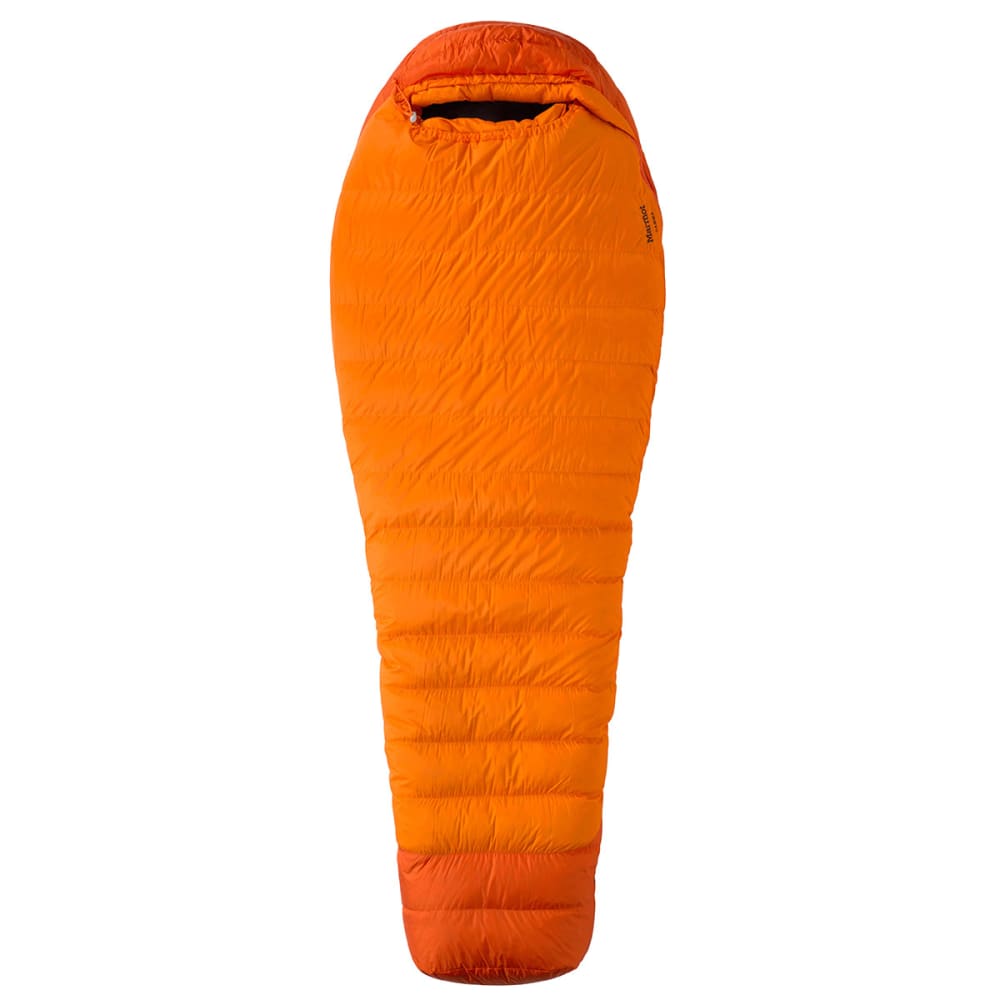
_GLOBAL_DEFAULT_TIMEOUT, cafile = None, capath = None, context = None,

close is called automatically in this case. """ Flush the encoder contents and close the file compress must not be called after calling close Failing to call close results in a corrupted encoded file """įileEncoder can be used as a context manager ( with FileEncoder(.) as encoder).

""" Encode a buffer and write the compressed bytes into the file - buffer must be a byte-like object, such as bytes or a bytearray """ def close( self):
Lzip usgae manual#
""" Encode sequential byte buffers and write the compressed bytes to a file - path is the output file name, it must be a path-like object such as a string or a pathlib path - level must be either an integer in or a tuple (directory_size, match_length) 0 is the fastest compression level, 9 is the slowest see for the mapping between integer levels, directory sizes and match lengths - member_size can be used to change the compressed file's maximum member size see the Lzip manual for details on the tradeoffs incurred by this value """ def compress( self, buffer): The latter should only be used in advanced scenarios where fine buffer control is required.ĭef _init_( self, path, level = 6, member_size =( 1 << 51)): lzip deals with high-level operations (open and close files, download remote data, change default arguments.) whereas lzip_extension focuses on efficiently compressing and decompressing in-memory byte buffers. The present package contains two libraries. Lzip can also decompress data from an in-memory buffer. # option 2: iterate over the decompressed file in small chunks for chunk in lzip. The process is even easier than compressing them all you need is the source file and a destination for the data ready to unzip.Import lzip # option 1: store the whole decompressed file in a single buffer buffer = lzip. In addition to being able to zip files and folders, PowerShell has the ability to unzip archives. It will look something like this: Compress-Archive -Path C:\path\to\files -Update -DestinationPath C:\path\to\archive.zip
Lzip usgae archive#
It lets you replace older file versions in the archive with newer ones that have the same names, and add files that have been created in the root directory.
Lzip usgae update#
It would look something like this: Compress-Archive -Path C:\path\to\file\*.* -DestinationPath C:\path\to\archive.zipĮven after the archive is complete, you can update an existing zipped file with the use of the -Update parameter. Note: Subdirectories and the files of the root folder aren’t included in the archive with this method.įinally, if you want an archive that only compresses files in the root directory-and all its subdirectories-you would use the star-dot-star (*.*) wildcard to zip them. The command’s notation would look like this: Compress-Archive -Path C:\path\to\file\*.jpg -DestinationPath C:\path\to\archive.zip You can tell PowerShell to archive them without touching the others explicitly. jpg, etc.) but only want to compress all of one type.

Next, say you have a folder with a bunch of different file types (.doc. It should look something like this: Compress-Archive -Path C:\path\to\file\* -DestinationPath C:\path\to\archive.zip By adding an asterisk (*) to the end of the file path, you tell PowerShell only to grab what’s inside of the root directory. However, if you want to exclude the root folder from the Zip file, you can use a wildcard to omit it from the archive.
Lzip usgae how to#
To use a wildcard with Compress-Archive, you must use the -Path parameter instead, as -LiteralPath does not accept them.Ībove, we covered how to include the root directory and all of its files and subdirectories when creating an archive file. When you use the character, you can exclude the root directory, compress only files in a directory, or choose all files of a specific type. The Compress-Archive cmdlet lets you use a wildcard character (*) to expand the functionality even further.


 0 kommentar(er)
0 kommentar(er)
